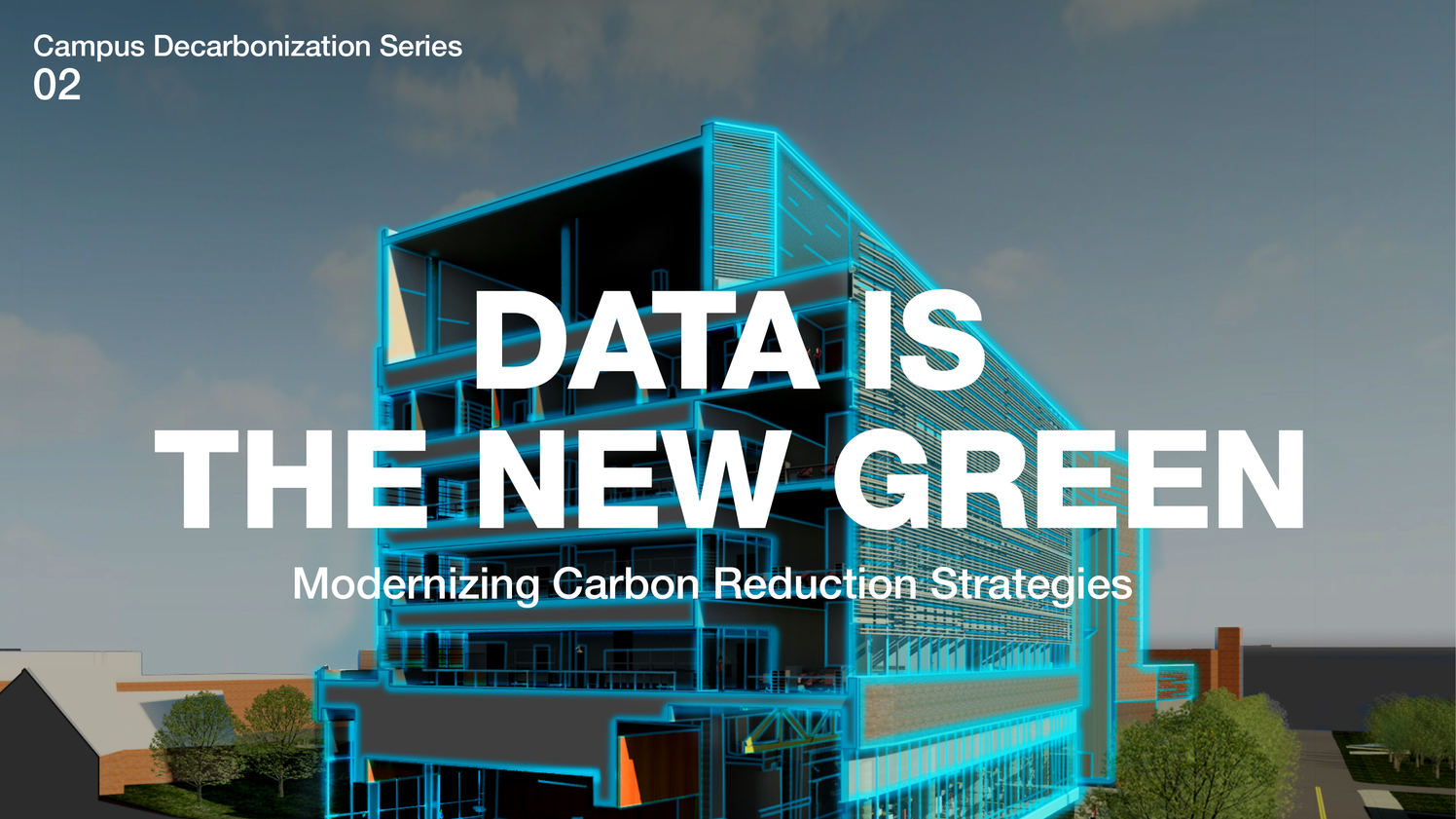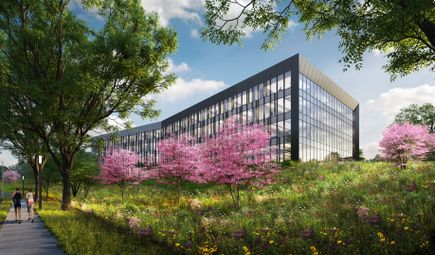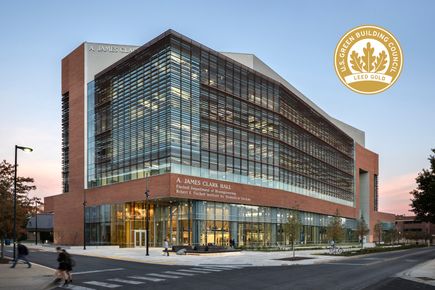Data is the New Green: Modernizing Carbon Reduction Strategies
Share

In recent years, campus decision makers have dedicated significant time and resources to sustainability initiatives, particularly in constructing buildings that are “green.” Today, as the speed of information generation has increased, this often-hollow buzzword has been swept up by the AI revolution, leaving the term “data” to serve as the new “green.”
Ballinger is acutely aware that the ability to generate valuable and easily interpretable data plays a pivotal role in guiding capital spending decisions. However, the true value of our data-driven approach extends beyond financial considerations, enabling us to accurately project essential metrics that exert a profound influence on decision-making, equivalent to the impact of capital spending. Managing the substantial volume of data generated by facilities poses a challenge that Ballinger actively helps clients navigate.
“It’s almost become cliche to be 'green.' I feel AI-washing is taking over for green-washing. But the way Ballinger uses data is truly helping our clients streamline capital spending decisions, saving them another type of 'green'—money.”
Central to Ballinger’s strategy for assessing energy and carbon reduction is the utilization of digital twin energy modeling. The digital twin interprets owner-provided building and energy plant trend data and usage profiles to develop physics-based energy models for each building on campus. The digital twin energy model incorporates actual weather data, building envelope properties, equipment details, lighting and occupancy profiles, and HVAC system operations and control algorithms. This comprehensive approach results in detailed annual hourly load profiles, breakdowns of energy consumption for individual components, and relevant metrics. These data-based profiles become a foundation against which carbon and energy reduction recommendations are measured.
This digital representation of the entire campus’ aggregated loads serves as the foundation for thermal plant infrastructure planning scenarios. It helps with the interpretation of vast amounts of data, shedding light on how a campus operates today, and how it can operate in the future. Once the current state digital twin is established, we are equipped with the scenario planning backbone to develop viable strategies for carbon and energy reduction across the campus. Our team develops technically and operationally sound options, including:
- Upgrades at the building level
- Flexible upgrades to central utility infrastructure
- Evaluation of thermal utility and electrical distribution concepts
This entails conducting a thorough review of potentially viable technologies across major categories, employing multiple evaluation criteria, including existing buildings, thermal utilities, new buildings/future growth, renewable power, renewable fuels, and forward-looking technologies. These evaluations necessitate focused discussions with various stakeholders, considering environmental, legal, and operational perspectives. We collaborate with owners to scrutinize plant operations, determine the phasing of switchover at the thermal utility level, and recommend re-evaluation timeframes for technologies that are not yet viable, such as green hydrogen.
Considerations such as the cost of carbon significantly affect life cycle cost projections. Identifying high-energy-consuming buildings and assessing the potential for energy reduction through operational changes or major renovations becomes crucial. Additionally, understanding the CO2 impact of retaining hard-to-remove process loads on a significantly reduced steam system is a complex but vital question. A data-backed approach enhances the accuracy of our answers to these key questions, providing a solid foundation for informed decision-making in the pursuit of sustainable and efficient solutions.
The future is uncertain, marked by the rapid pace of technological advancement. This underscores the critical need to establish flexible and adaptable planning. Such an approach is essential to facilitate course correction or a shift in focus, accommodating changes in technology that can reshape current perspectives and directions.



